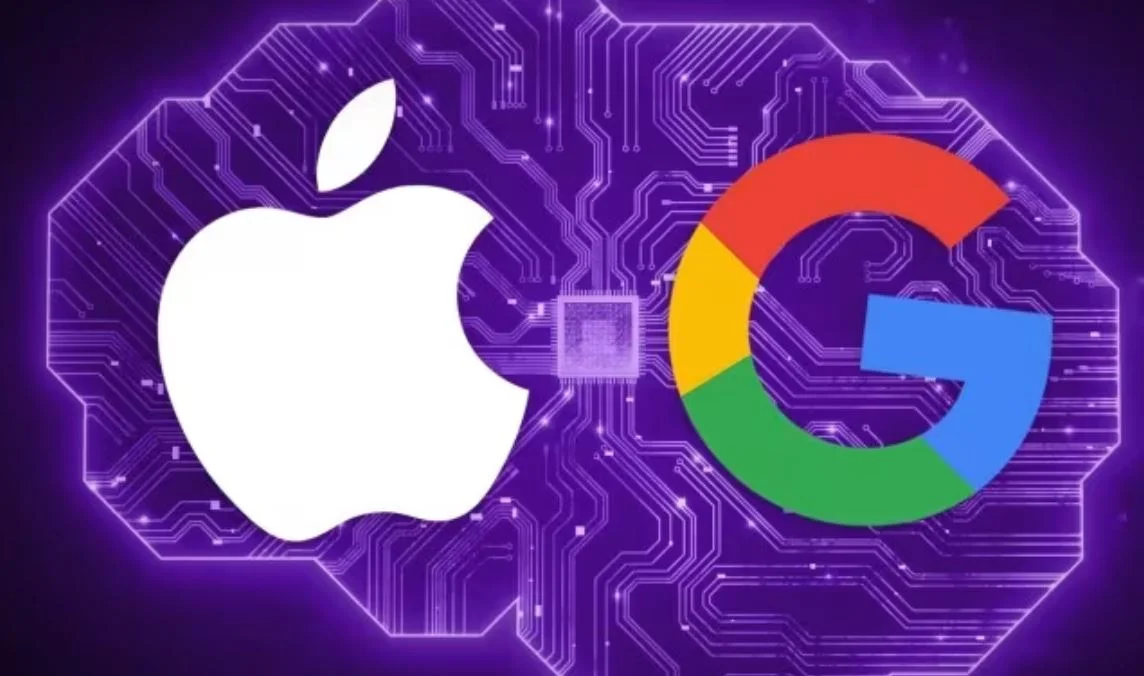Apple Ditches Nvidia for Google’s TPUs
In a research paper titled “Apple Intelligence Foundation Language Models,” Apple disclosed a major shift in its AI model training strategy. Nvidia’s GPUs Apple has opted for Google’s Tensor Processing Units (TPUs) to develop its latest generative AI models. Its implications and the potential impact on the AI world.
Apple’s strained relationship with Nvidia is well-documented. Various conflicts and disagreements have led to a notable absence of Nvidia GPUs in Apple’s hardware lineup. This partially explains Apple’s decision to sidestep Nvidia in favor of Google’s TPUs.
Apple’s previous collaborations with AMD especially in supplying GPUs for Mac devices the tech giant chose Google’s TPU v4 and TPU v5 processors for training. Its Apple Foundation Models (AFMs). This decision highlights the company’s strategic move towards TPUs emphasizing performance and efficiency over traditional partnerships.
The company’s research paper reveals the deployment of 8,192 TPU v4 chips for training its server-side AI model, AFM-server and 2,048 TPU v5 processors for AFM-on-device. This deployment strategy indicates a substantial investment in the TPU system.
According to Apple’s findings, the TPU v4 chips demonstrate a performance level comparable to Nvidia’s H100 GPUs in terms of the number of accelerators required. This equal performance underscores the viability of TPUs as a robust alternative for huge AI model training.
Google’s TPUs are renowned for their efficiency and scalability. In terms of TPUs Apple aims to enhance the performance and efficiency of its AI models. The use of TPU v5 processors optimized for lower quantization (less than four bits on average) and this commitment to efficiency.
Since 2021, Google’s TPUs have experienced explosive growth securing a significant market share alongside Nvidia and Intel. Apple’s adoption of TPUs aligns with this market trend positioning the company to capitalize on the advantages offered by TPUs in terms of both performance and market positioning.
The company highlights human evaluation over standardized benchmarks arguing that human assessments better reflect user experience. This approach involves presenting real users with outputs from different models and asking them to choose the preferred response.
While Apple’s models particularly AFM-on-device performed well against smaller models like Gemma 7B, Phi 3 Mini, and Mistral 7B. They struggled against larger models such as LLaMa 3 8B and GPT-4. AFM-on-device’s superior performance in generating safe content with lower harmful response rates compared to other models is a notable achievement.
The company’s choice of TPUs signifies a strategic shift that could influence other tech companies to explore alternatives to Nvidia GPUs. This decision also reflects a broader trend towards varying AI hardware dependencies to make better performance and reduce reliance on a single supplier.
The company’s ongoing collaboration with Google in the TPU domain may lead to further advancements in AI model training. As both companies continue to innovate. we can expect significant developments that will shape the future of AI technology.
The company’s decision to utilize Google’s TPUs for training its latest generative AI models marks a crucial moment in the AI industry. Inefficiency, scalability, and strategic partnerships Apple is positioning itself at the forefront of AI innovation. This move not only reflects the company’s adaptive strategy but also sets the stage for future advancements in AI model training.
